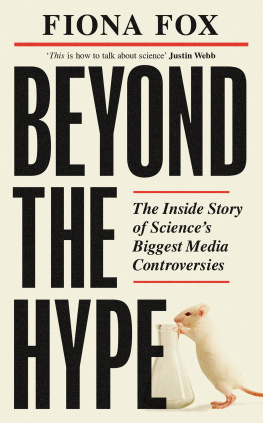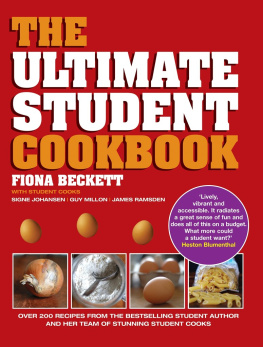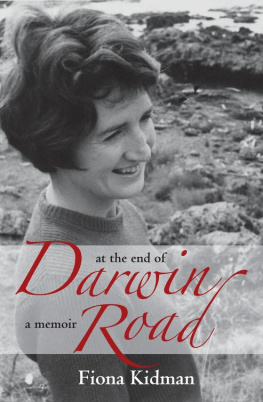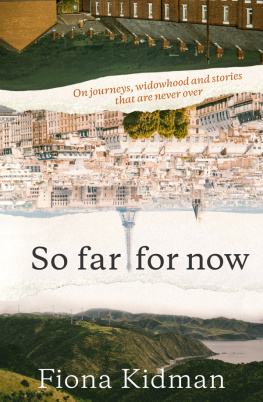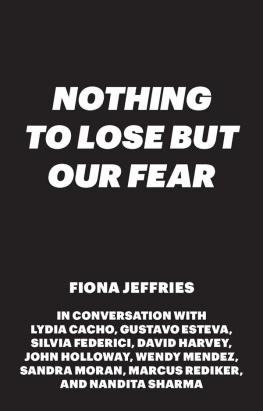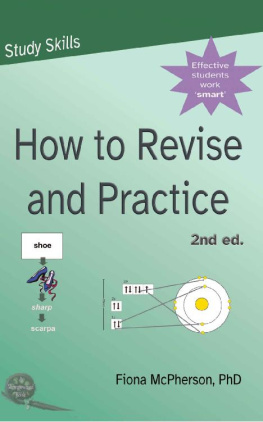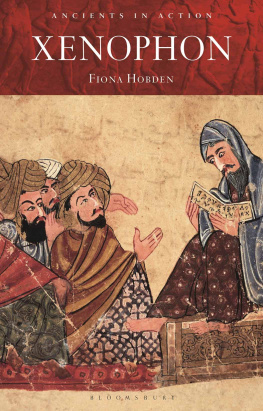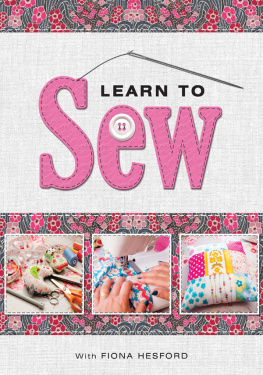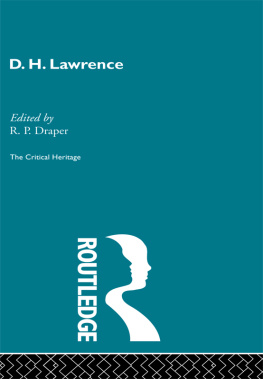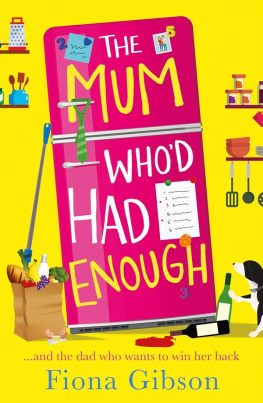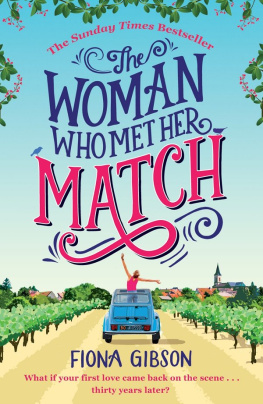Fiona Fox - Beyond the Hype
Here you can read online Fiona Fox - Beyond the Hype full text of the book (entire story) in english for free. Download pdf and epub, get meaning, cover and reviews about this ebook. year: 2022, publisher: LightningSource, genre: Politics. Description of the work, (preface) as well as reviews are available. Best literature library LitArk.com created for fans of good reading and offers a wide selection of genres:
Romance novel
Science fiction
Adventure
Detective
Science
History
Home and family
Prose
Art
Politics
Computer
Non-fiction
Religion
Business
Children
Humor
Choose a favorite category and find really read worthwhile books. Enjoy immersion in the world of imagination, feel the emotions of the characters or learn something new for yourself, make an fascinating discovery.
Beyond the Hype: summary, description and annotation
We offer to read an annotation, description, summary or preface (depends on what the author of the book "Beyond the Hype" wrote himself). If you haven't found the necessary information about the book — write in the comments, we will try to find it.
Beyond the Hype — read online for free the complete book (whole text) full work
Below is the text of the book, divided by pages. System saving the place of the last page read, allows you to conveniently read the book "Beyond the Hype" online for free, without having to search again every time where you left off. Put a bookmark, and you can go to the page where you finished reading at any time.
Font size:
Interval:
Bookmark:


For Declan
and
For Professor Sir Colin Blakemore, who personifies everything I have come to hold dear in science: the excellence in his research; the firm belief that engaging with the media is central to being a great scientist; and the courage and bravery to defend science under attack, way before there was the strength in numbers to give him cover and support. The SMC is imbued with Colins values, and I am proud that we are one of his many legacies.
Cancer jab alert after girl dies, screamed the news headlines in September 2009 when fourteen-year-old schoolgirl Natalie Morton tragically died after receiving the human papillomavirus (HPV) vaccine at her school. The rollout of the cervical cancer vaccine programme in schools had already been controversial among some members of the public, particularly religious groups, who took issue with under-sixteens being vaccinated against a sexually transmitted virus. Now concerns about the vaccines safety took centre stage and the story was headline news for several days. Ten years later I asked the audience at a science festival for a show of hands of those who remembered it, but there were none. When I asked who had heard of the row over whether the measles, mumps and rubella vaccine (MMR) causes autism a row that first hit the headlines in 1998 every hand in the audience went up.
Why did one vaccine scare story enter the public consciousness when another barely registered? My answer, and the theme of this book, is that scientists found their voice, in part because of an organisation that I set up. The Science Media Centre (SMC) was established in 2002. We have pioneered a new proactive approach to science in the headlines based on our founding philosophy that the media will do science better when scientists do the media better. The easiest and best way to improve the media coverage of science is for scientists to work with journalists to help them get their stories right.
Today, the SMC has over three thousand leading scientists on our database, is used by every national news outlet in the UK, and runs around sixty press conferences a year. Funded by small donations from more than a hundred organisations, we have spawned a network of SMCs in countries around the world, including Australia, Canada, New Zealand and Germany, and an organisation doing some of what we do in the USA. Recent additions include Taiwan and a pan-continental organisation for Africa, with a new centre due to open in Spain in early 2022.
When the first journalist called us in 2009 about Natalie Mortons death, I contacted every vaccine expert on our database asking for instant reaction to the breaking news. Over the next hours and days, many of them did the rounds of TV newsrooms and their comments were quoted all over the press. Fact boxes, Q&As and clear graphics that they had helped to create appeared next to scary headlines about this awful and unexpected death. None of these scientists knew the precise details about the individual case of course, but that was no reason not to engage: instead, they talked about the mountain of data showing the safety and effectiveness of this vaccine. Within hours of the story breaking, the headlines started to change. Cancer jab is safe, say the experts, read the Daily Mail.
In the past scientists had tended to steer clear of the media, understandably preferring the laboratory to the glare of the spotlight. There was not yet a consensus on the importance of accessible science communication as a public good, and few incentives for academics to take part in any public engagement. Those who did so tended to be science popularisers with a flair for communicating their field of research or explaining the way that science works, but they were few and far between. But things were changing. In 1985 the Royal Society published a report called The Public Understanding of Science, also known as the Bodmer Report, calling on scientists to see public engagement as their public duty. By the late 1990s funders had started to introduce incentives for media work, including making grants conditional on researchers sharing their results with the public. These initiatives were having an impact: scientists had begun dipping their toes into media work, explaining their findings to trusted science journalists. But there was still a problem when controversial stories about science hit the headlines: researchers were much less used to wading into huge media rows that pitted them against campaigners or patient groups, and they were generally reluctant to engage. That exacerbated the media frenzy, allowing inaccuracies to flourish, with implications both for public understanding of science and public policy more widely.
But something new and significant had happened in the case of the HPV scare. Rather than run away from a difficult or sensationalised story with the potential to damage or discredit their work, scientists had run towards it. This was a tragic and terrible case but the wider reporting on it was accurate and informed as a result of their engagement, and this in turn led to a greater public understanding of the evidence on vaccines.
So what changed? Id love to say it was all thanks to us. But to really understand the extent of the change in science, you first need to know why the SMC came to exist in the first place.
***
The row over the MMR vaccine wasnt the only science story to make the front pages at the turn of the new millennium: animal research facilities and the introduction of genetically modified (GM) foods, for example, were also attracting negative attention and misinformation. There were a few bold scientists willing to step into these stories but not enough to prevent the public and policy makers being misled.
Most scientists working in these fields actively avoided talking to the press, choosing to remain cocooned in their universities and research institutes, designing their next field trials, or preparing new findings for publication in peer-reviewed journals. Plant scientists in world-class research institutes told me how they watched, bewildered, as media-savvy campaigners from Greenpeace and Friends of the Earth joined forces with the tabloids to demonise and discredit the promise of GM technology. The result? The public, the politicians and the supermarkets all delivered a resounding no before a single GM crop had even been developed.
In 1999 the ineffective response of the scientific community to such media furores became the focus of a House of Lords Select Committee on Science and Technology. The report of the Science and Society inquiry, brainchild of then science minister Lord Sainsbury and chaired by the late Lord Jenkin, is now studied in science communication courses as one of the seminal works on the public understanding of science. It is a fascinating reminder of the tense relationship between science and the media at the end of the last millennium: eminent scientists would bemoan the media coverage and accuse journalists of undermining public trust in science, while science journalists would point the finger firmly back at aloof and elitist scientists, blaming them for emerging once a year to deliver truth on tablets of stone and then retreating back into the safety of academia. Pallab Ghosh, science reporter at the BBC, urged scientists to stop whingeing about the rules of the game, roll up their sleeves and get on the pitch.
Published in February 2000, the final Science and Society report called for the investment of new resources to encourage and train more scientists to engage with the media. It concluded:
Font size:
Interval:
Bookmark:
Similar books «Beyond the Hype»
Look at similar books to Beyond the Hype. We have selected literature similar in name and meaning in the hope of providing readers with more options to find new, interesting, not yet read works.
Discussion, reviews of the book Beyond the Hype and just readers' own opinions. Leave your comments, write what you think about the work, its meaning or the main characters. Specify what exactly you liked and what you didn't like, and why you think so.

